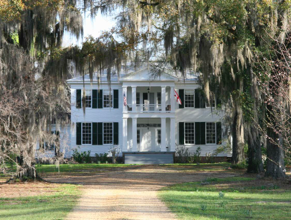Berkeley County, South Carolina Wills and Estates
Berkeley County was formed in 1682 from the parishes of St. John Berkeley, St. James Goose Creek, St. James Santee, St. Stephen, St. Thomas, and St. Denis. It was named for two of the Lord’s Proprietors of Carolina, Lord John Berkeley (died 1678) and Sir William Berkeley (d. 1677). Berkeley County is referenced many times in the old deed records, but one needs to be aware that in 1769, it became part of Charleston District and did not become a separate county again until 1882. This is why you see many of the Charleston County deeds headed up Berkeley County. During the late seventeenth century, English and French Huguenot planters and their African slaves settled the area, establishing large rice plantations now covered by Lake Moultrie’s waters.
Earliest settlers: General William Moultrie (1730-1805), General Francis Marion (1732-1795), known as Swamp Fox, Henry Laurens (1724-1792), president of the Continental Congress but a resident of Mepkin Plantation.
Berkeley County Records Available to Members of South Carolina Pioneers
- WT of Mathias Elmore (1766), transcript
- 1825 Map of the Plantations in Upper St. John’s Parish
Inhabitants from Barbados Settled in South Carolina
Economically, South Carolina was associated with the West Indies, where most of their trade came from. At the close of the 17th century, the white population was about 5500 persons, most of whom came from Barbados and other Caribbean Islands, as well as England, Ireland, and France. They settled the area extending from the Santee to the mouth of the Edisto rivers, including several islands, and reached back from the coast about fifty miles. The social and economic center was centered in Charleston. There were only two small towns in the backcountry, and most of the inhabitants were located on plantations along the rivers and the islands. The Barbadian planters had settled mainly on the Cooper River, Goose Creek along the Ashley River, and the James, John, and Edisto islands. Four or five hundred Huguenots, most of whom had left their country because of the revocation of the Edict of Nantes, had located on the Santee, where they had received land grants aggregating over 50,000 acres.
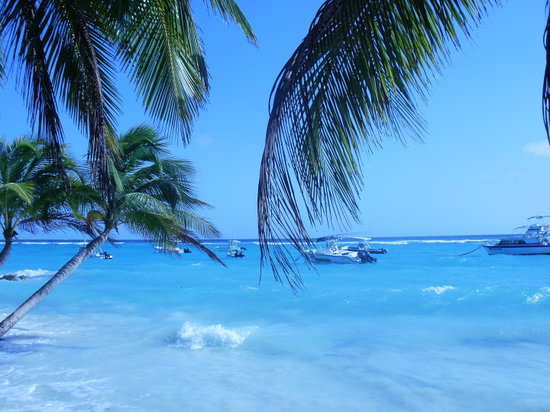
Almost half of this land grant was the property of two individuals, while other Huguenot estates varied from 100 to 3,000 acres. Rice is the crop that enriched the economy of Charleston and provided essential staples both domestically and abroad. Early in the colony, a Swiss settlement south of Charleston tried the silk industry. The Barbadians brought slaves into Charleston, where the harsh slave code of Barbados was adopted.
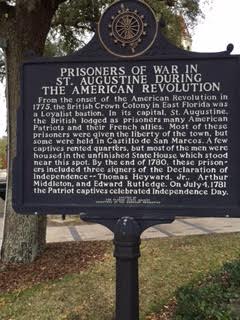
Prisoners taken to St. Augustine, Florida
When they were captured, South Carolina patriots and French allies were taken to St. Augustine, Florida, where they were retained as prisoners of war. Three of the brave signers of the Declaration of Independence were from Charleston and included the persons of Thomas Heyward, Jr., Arthur Middleton, and Edward Rutledge. They were held until the end of 1780. Oddly enough, these prisoners of war were allowed the freedom of the streets and received good treatment from the Spanish.
Black Sheep
The British Occupation of Charleston
This is all that is left of Moncks Corner from the Revolutionary days. It was important for the British to capture Charleston because it was an active port city, and they needed to prevent incoming goods and weapons and the commerce of the locals who supplied the armies behind the scenes. General Clinton was sent on April 1, 1780, to siege the city with his 14,000 troops and 90 vessels following a bombardment that had begun on March 11th. The rebels were led by General Lincoln, with about 5,500 men. Their fortifications needed to be improved to repel the British, especially after the enemy cut the supply lines. Lincoln, of necessity, had to retreat during the battles of Monck’s Corner and Lenud’s Ferry and surrender on May 12th.
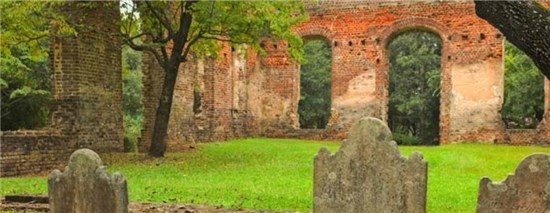
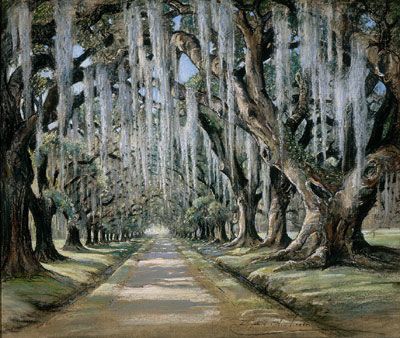
Goose Creek
Settlement of Goose Creek began ca 1671 with planters from Barbados in the West Indies bringing slave labor into the area. Some notable Goose Creek plantations included Medway, Yeamans Hall, Windsor Hill, The Elms, Otranto, Martindales, The Oaks, Crowfield, Liberty Hall, Howe Hall, and Brick Hope.
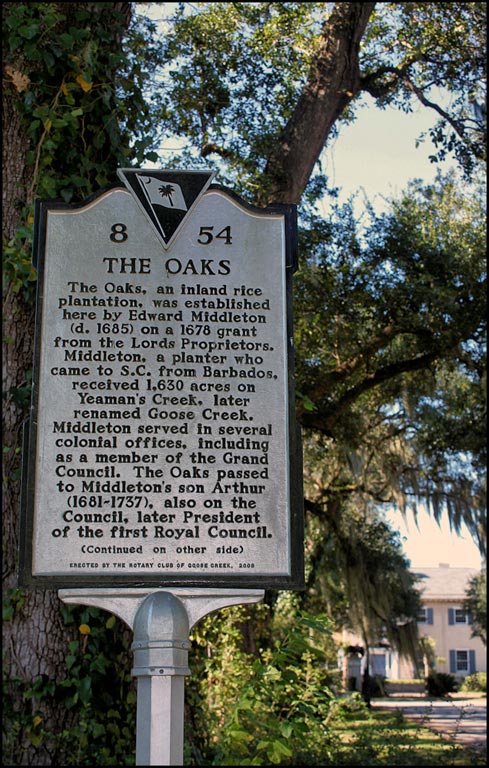
Land Warrants by Salley
- 1692-1711
Maps
- 1825 Map of the Plantations in Upper St. John’s Parish
